Adapting Literacy Materials for Students with CVI and Multiple Disabilities
Submitted by tracy.wilks on Nov 10, 2016
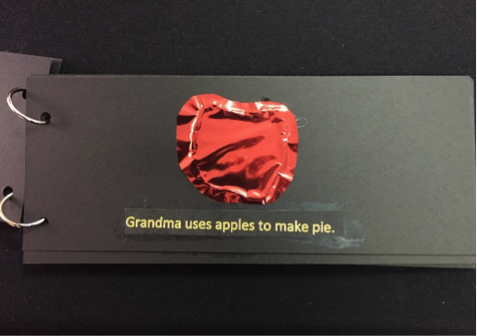
Part of my job as a TVI in a specialized classroom is to adapt curricular materials for students who have cortical visual impairment. I made this book for some of my first graders who were reading a story called, “Oh My! Apple Pie!” from their classroom’s literacy program. I based my adaptations on the students’ current levels of functional vision as assessed using the CVI Range (beginning of Phase II).
Tips I would pass along include:
-
Use single-color, non-glare paper or cardstock to make the pages. (CVI characteristic: visual complexity, color preference, light gazing)
-
Keep the number of different illustrations to a minimum. (CVI characteristic: visual complexity, color preference, light gazing)
- Add a shiny element in order to draw visual attention. (CVI characteristic: need for movement) Note that I did add one little red glitter sticker just to draw attention. It is in the exact same spot on each picture of pie. (The clip art is actually cherry pie, but I used it because it had red fruit.)
-
Choose text font and color based on the student’s current level of functional vision as assessed with the CVI Range. (CVI characteristic: color preference) These sentences are glued into the book, but on other books, I have used black Velcro to attach sentence strips; this adaptation allows the text to be removed from the page to reduce visual complexity.
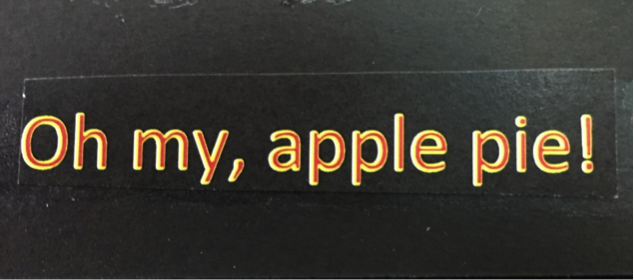
-
Choose materials for illustrations based on the student’s current level of functional vision as assessed with the CVI Range. (CVI characteristic: color preference, need for movement)
-
Use real objects for comprehension tasks that carry a heavy cognitive load for the students (in this case, sequencing the story). Using three-dimensional objects simplifies the visual task (CVI characteristic: visual complexity).
My students are getting to know this book as they practice participating in literacy skills instruction. Since they need the lesson presented several times, we are providing them with repeated structured opportunities to use their vision, thus improving their level of functional vision over time.
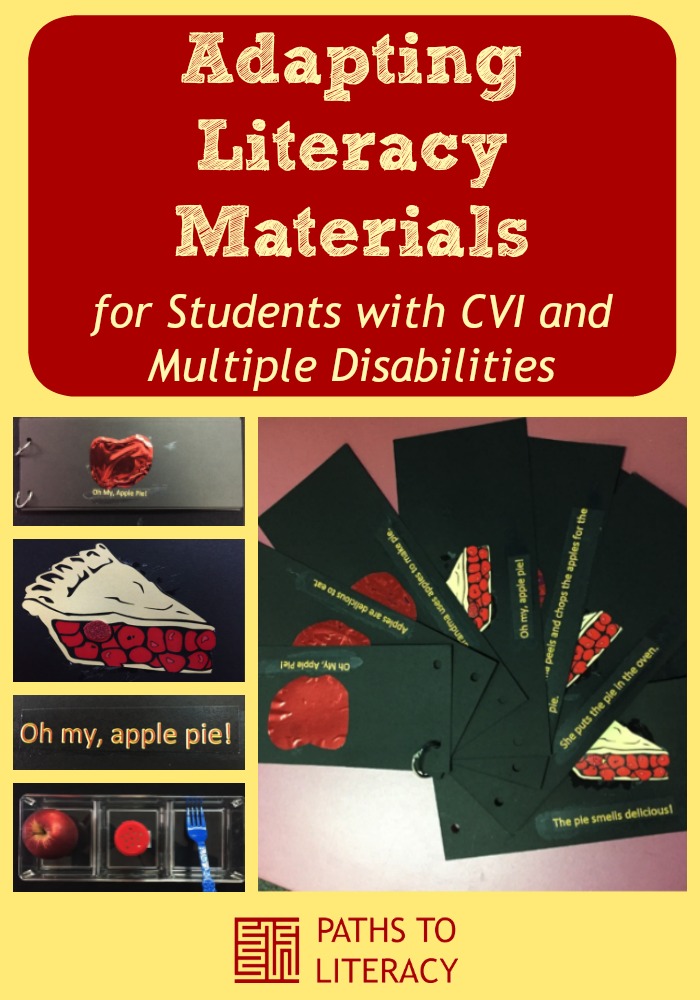


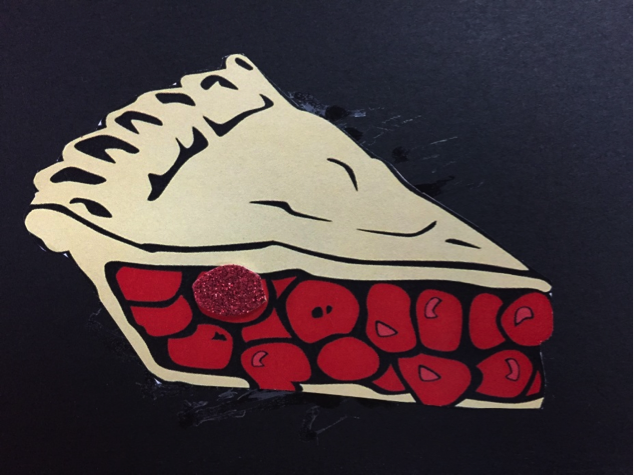
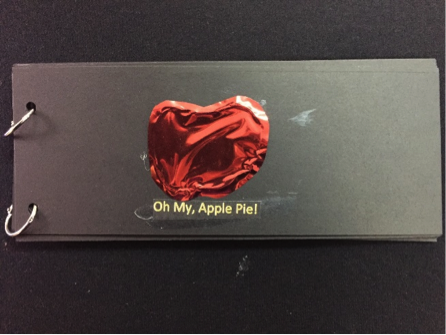

Comments
Love this!
Adaptations for students with cvi
Thank you for sharing this